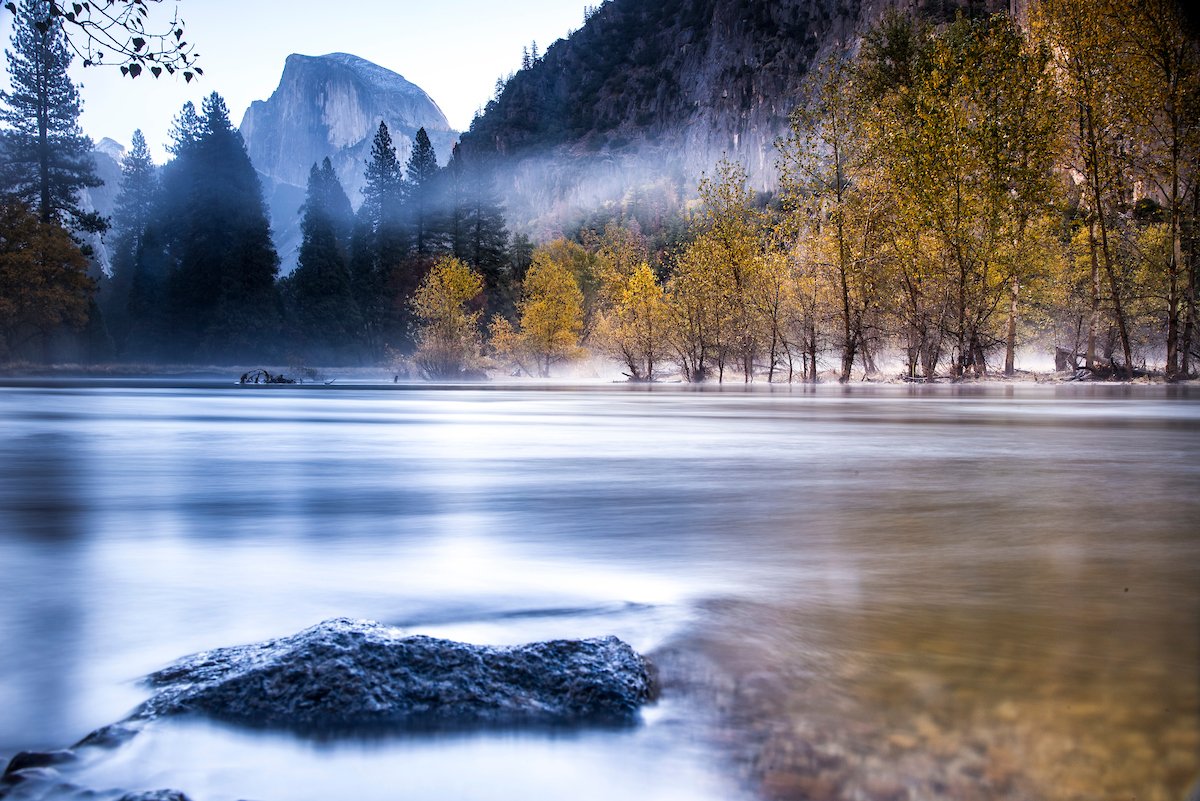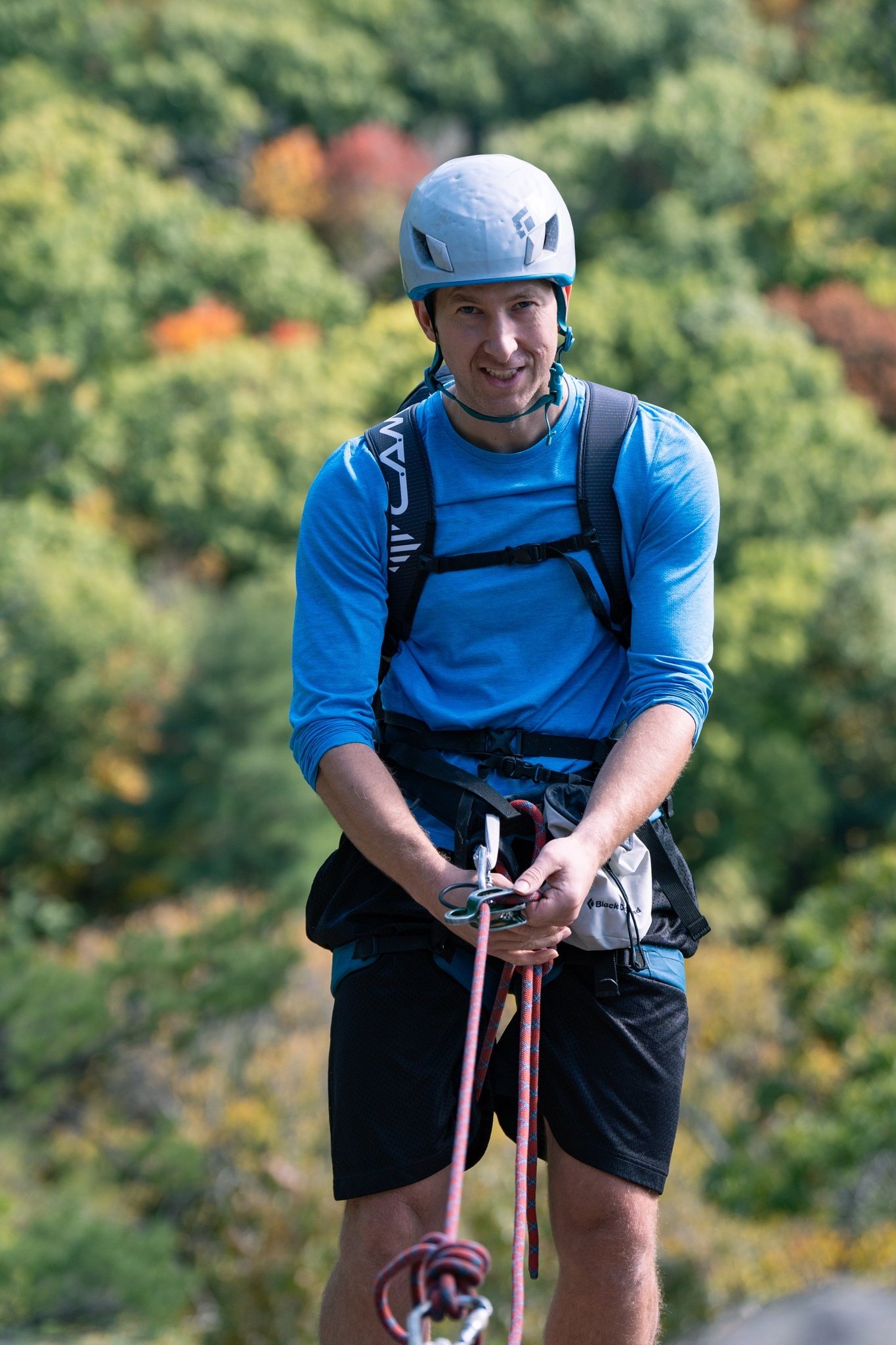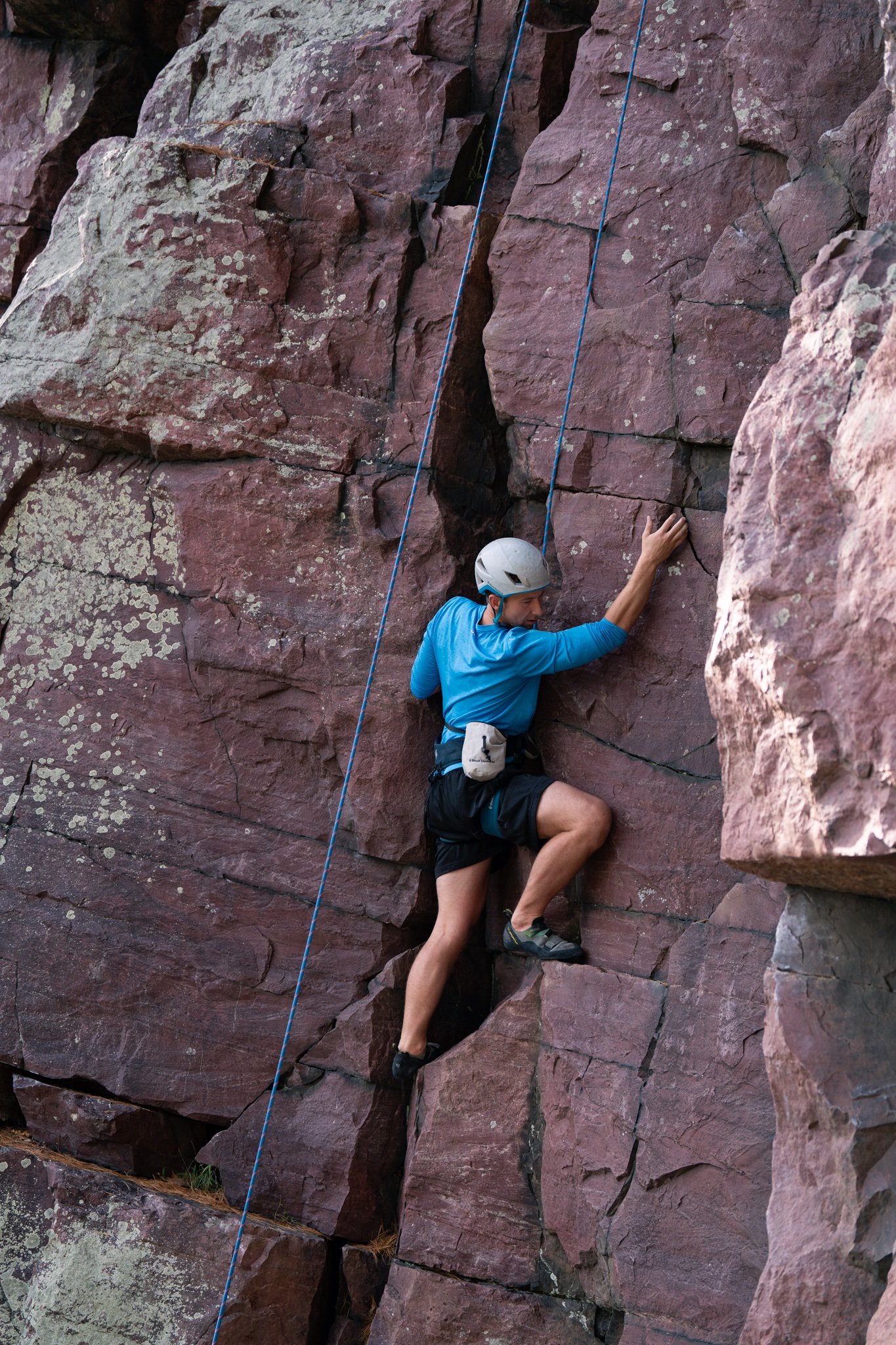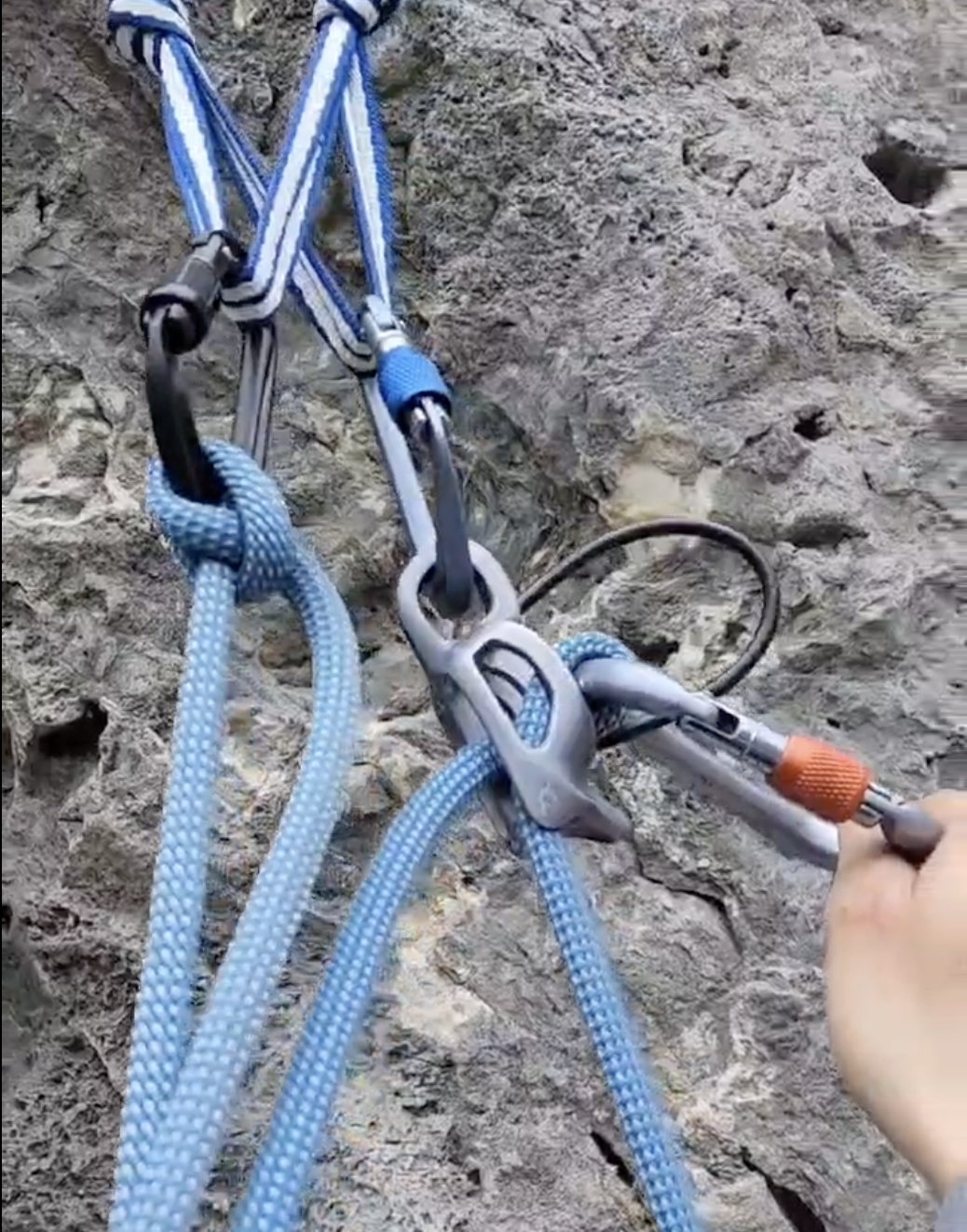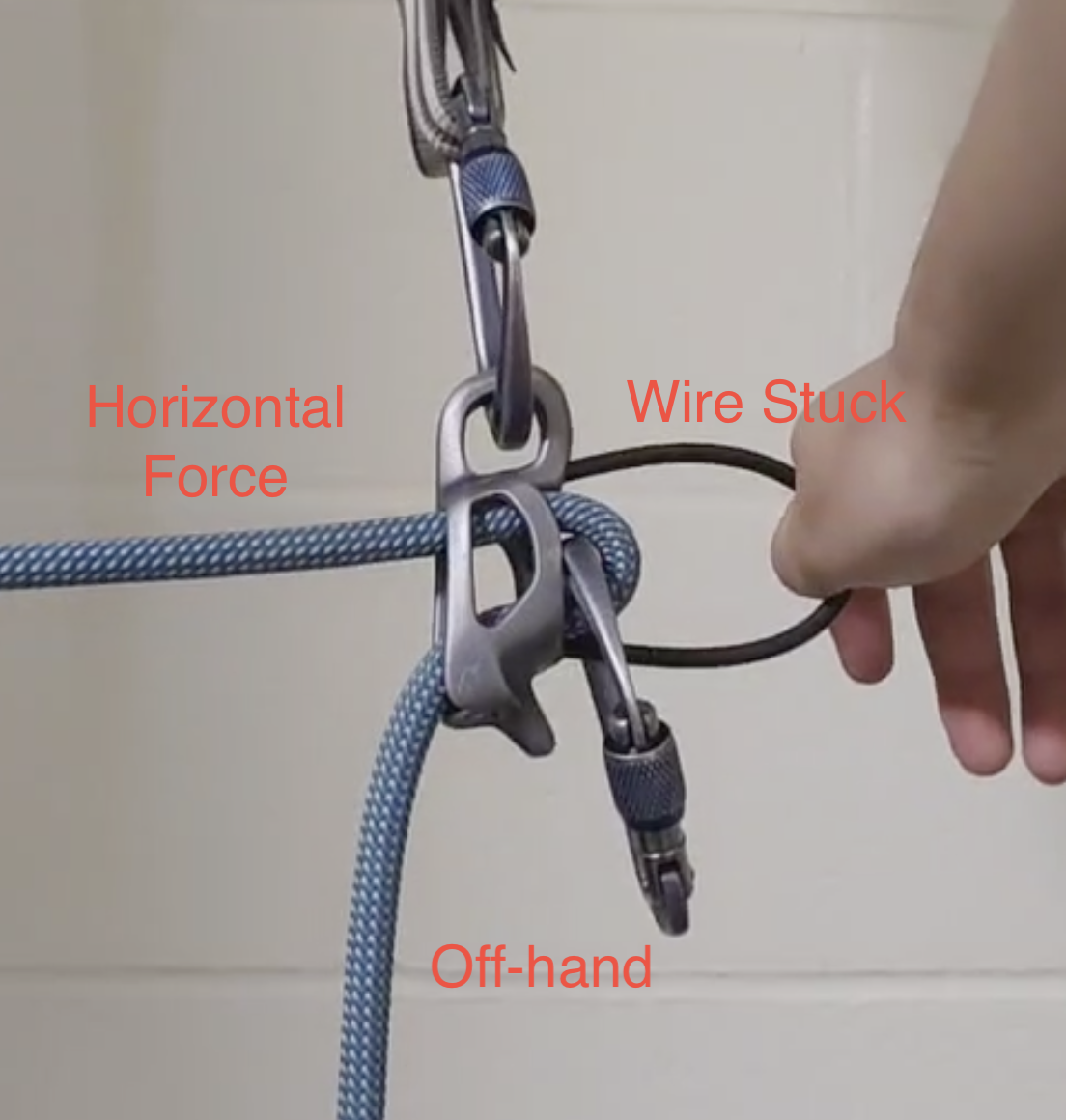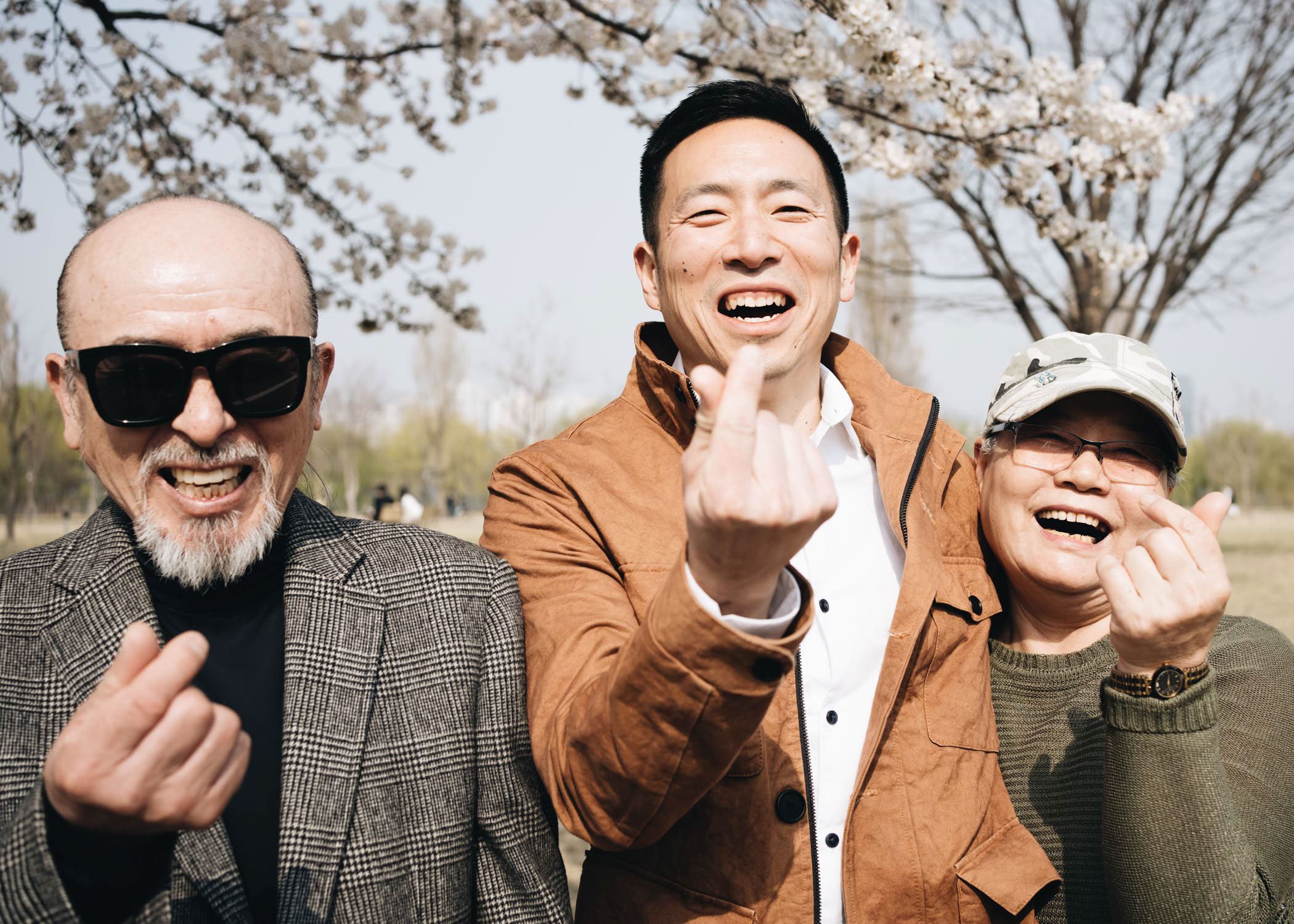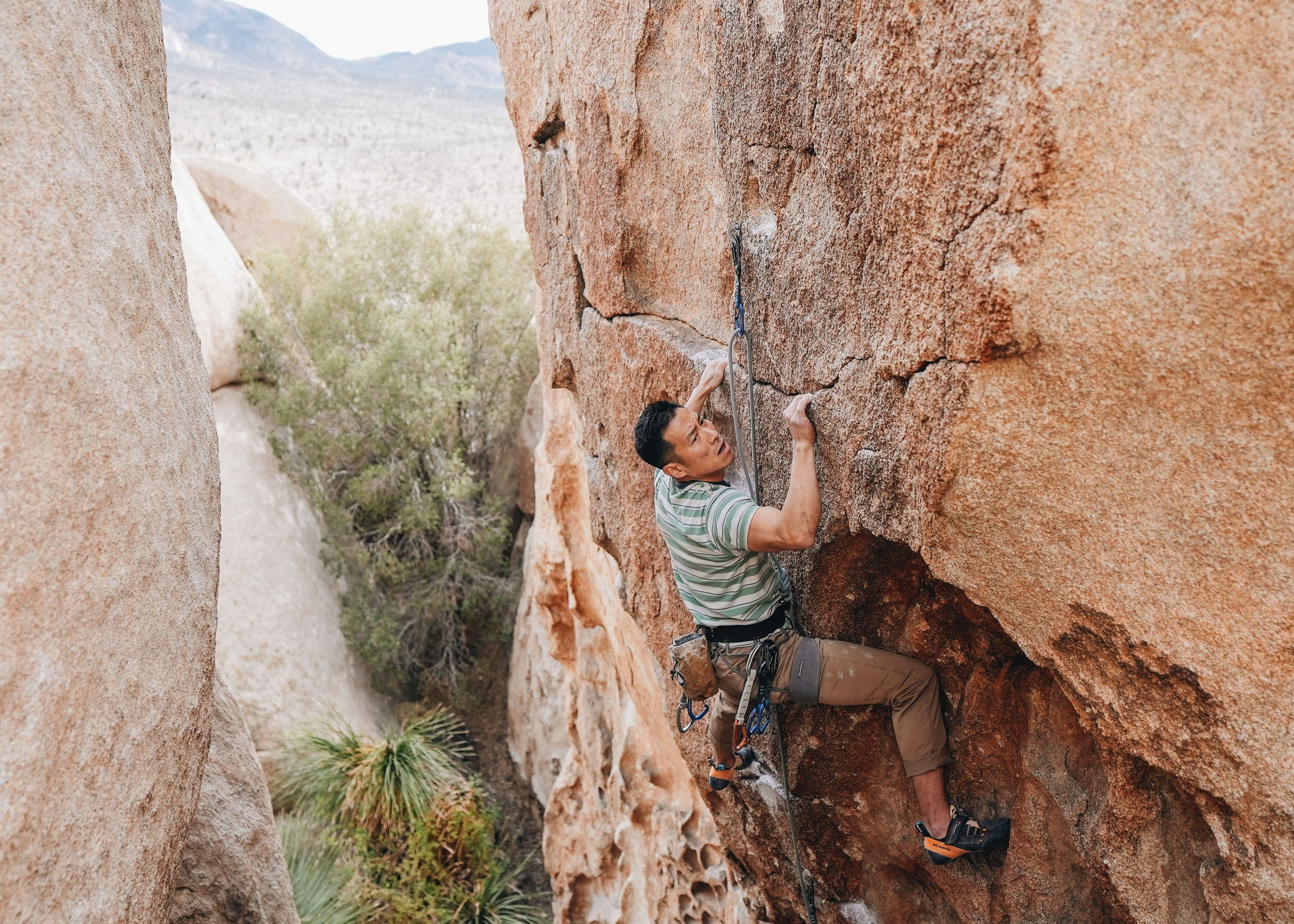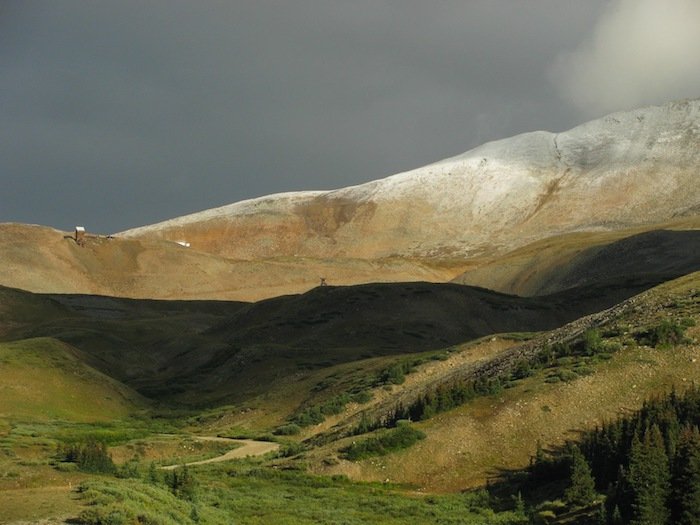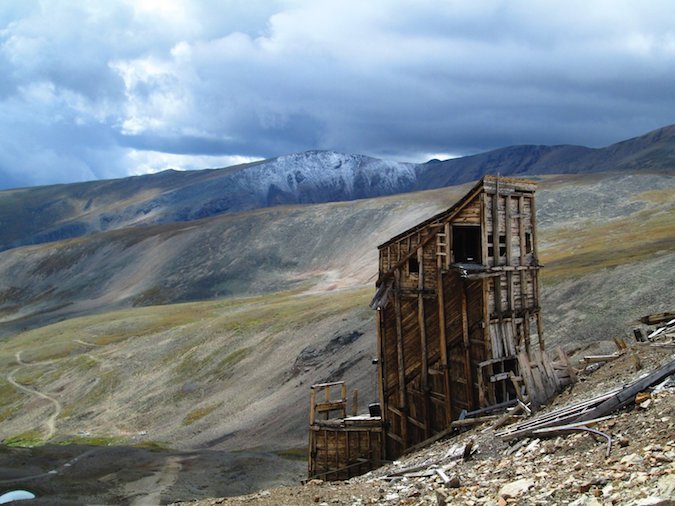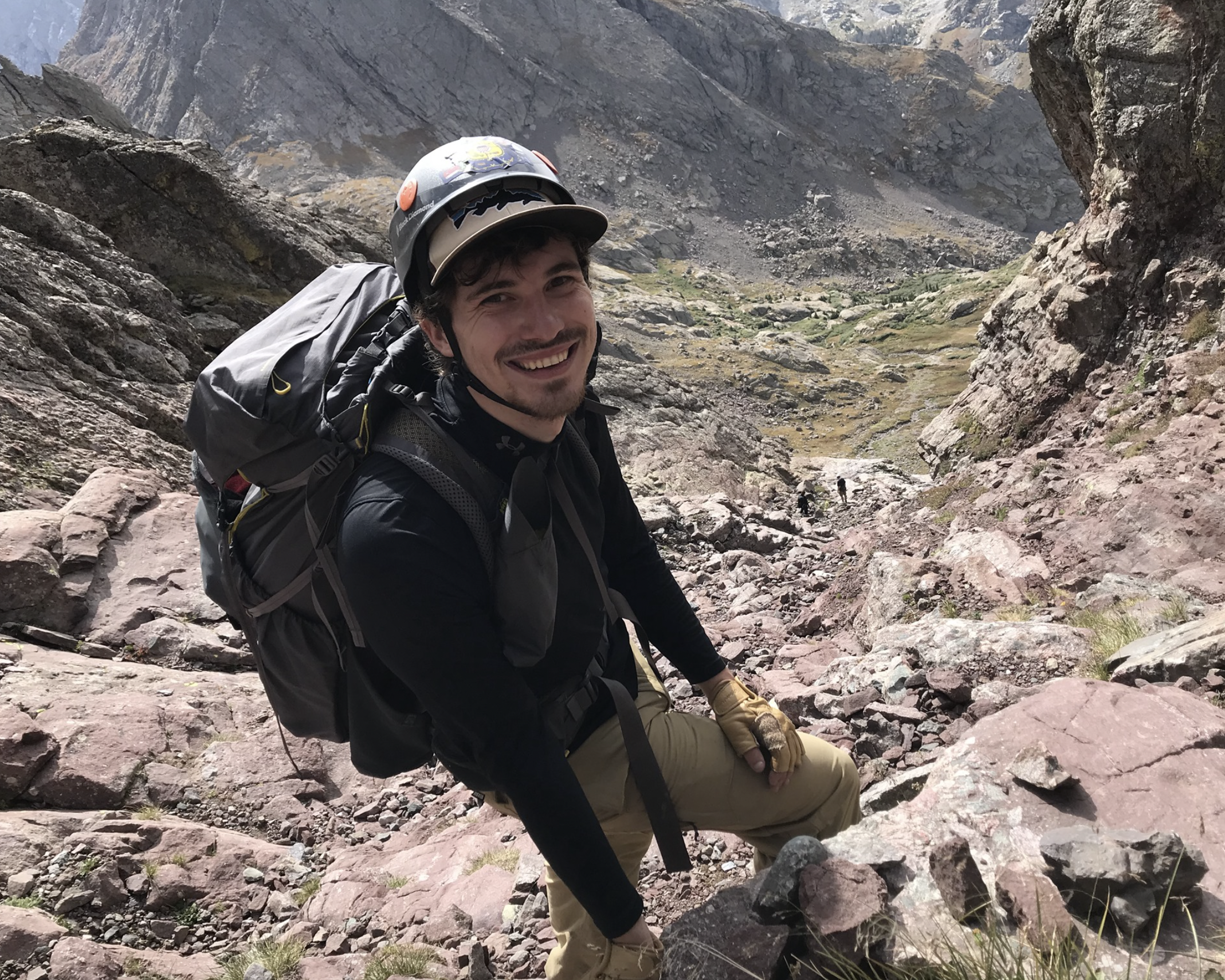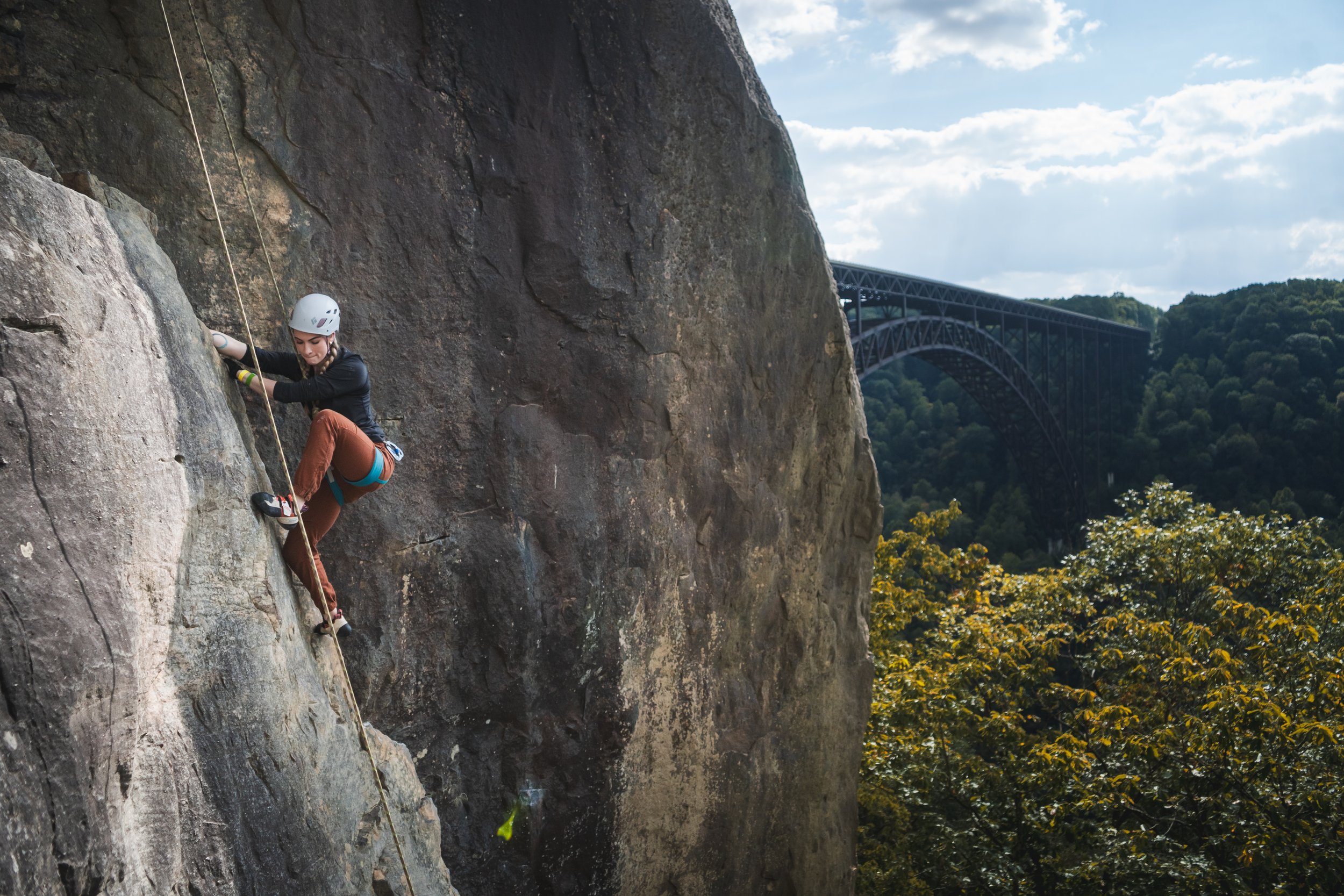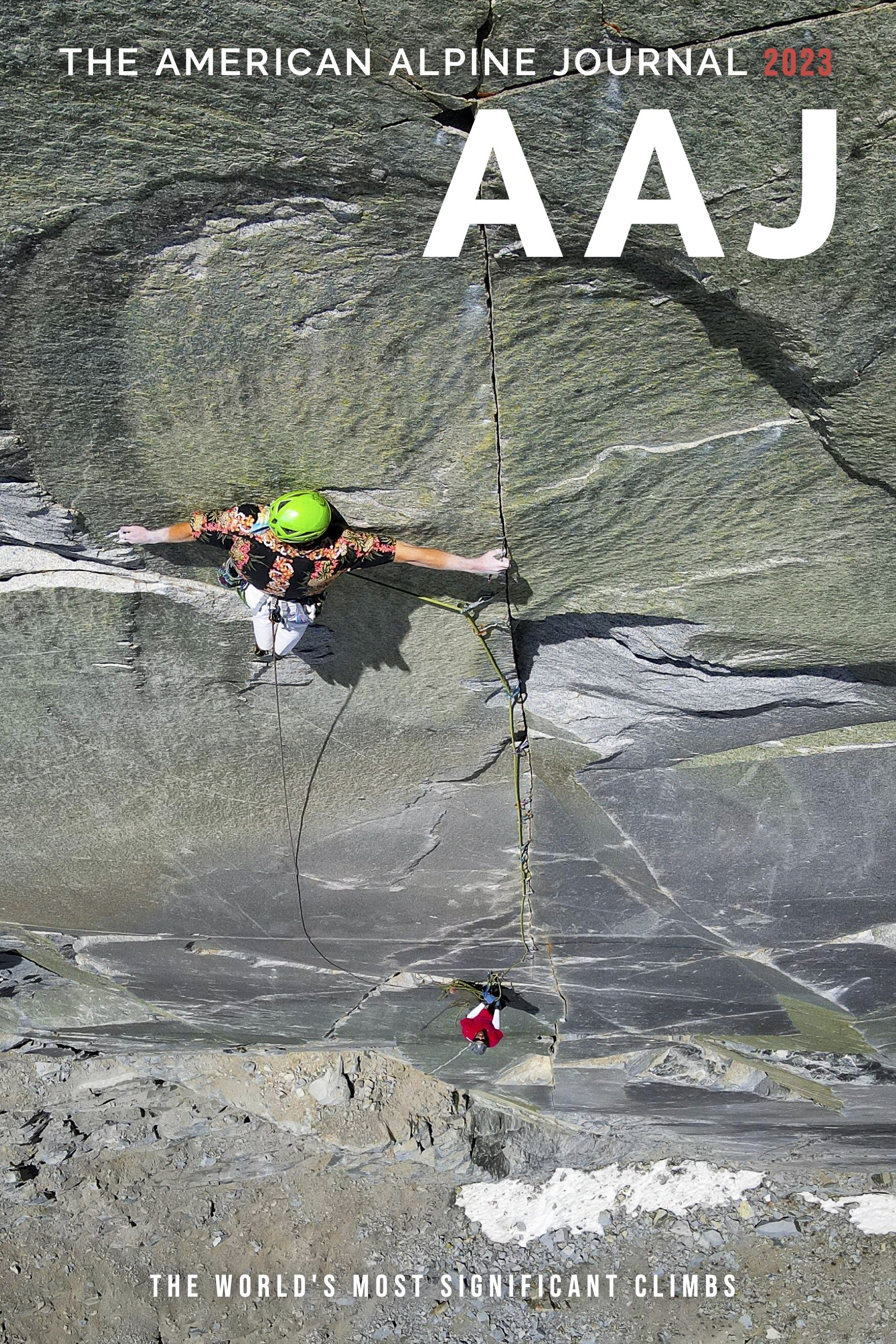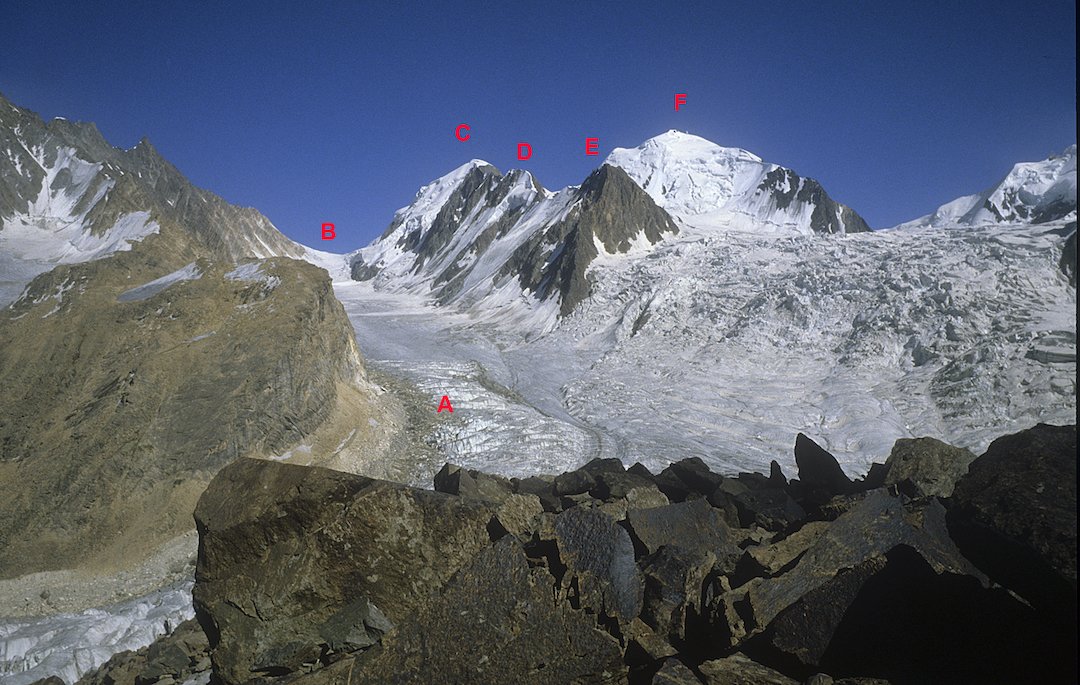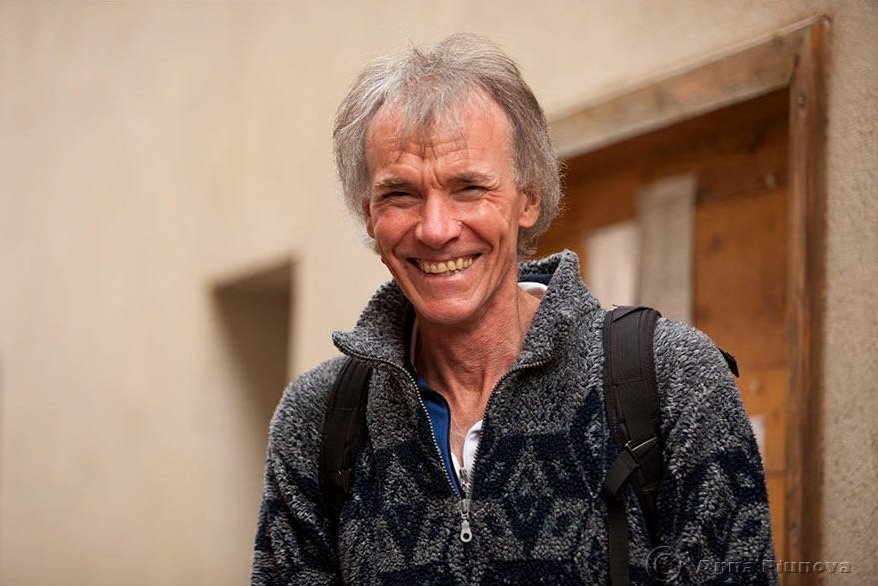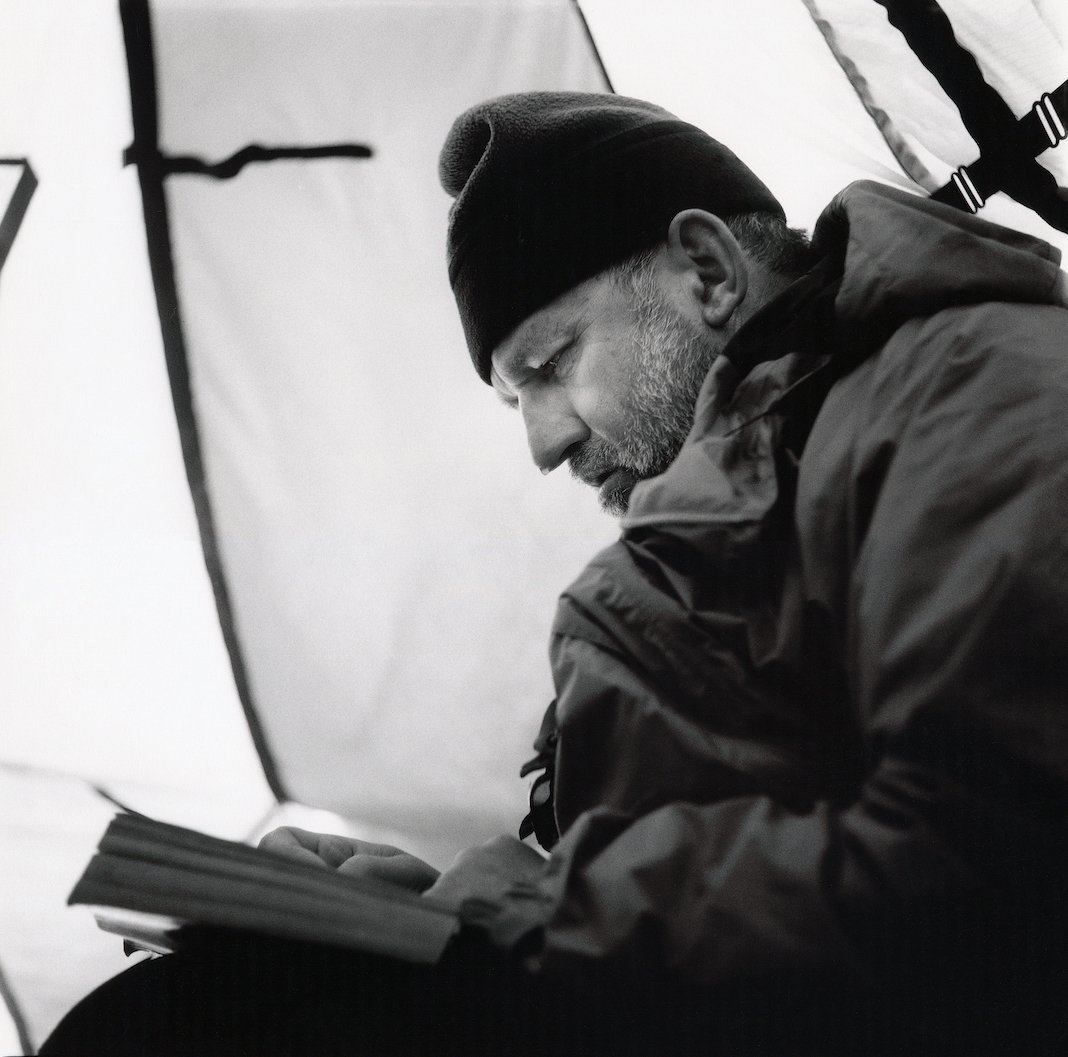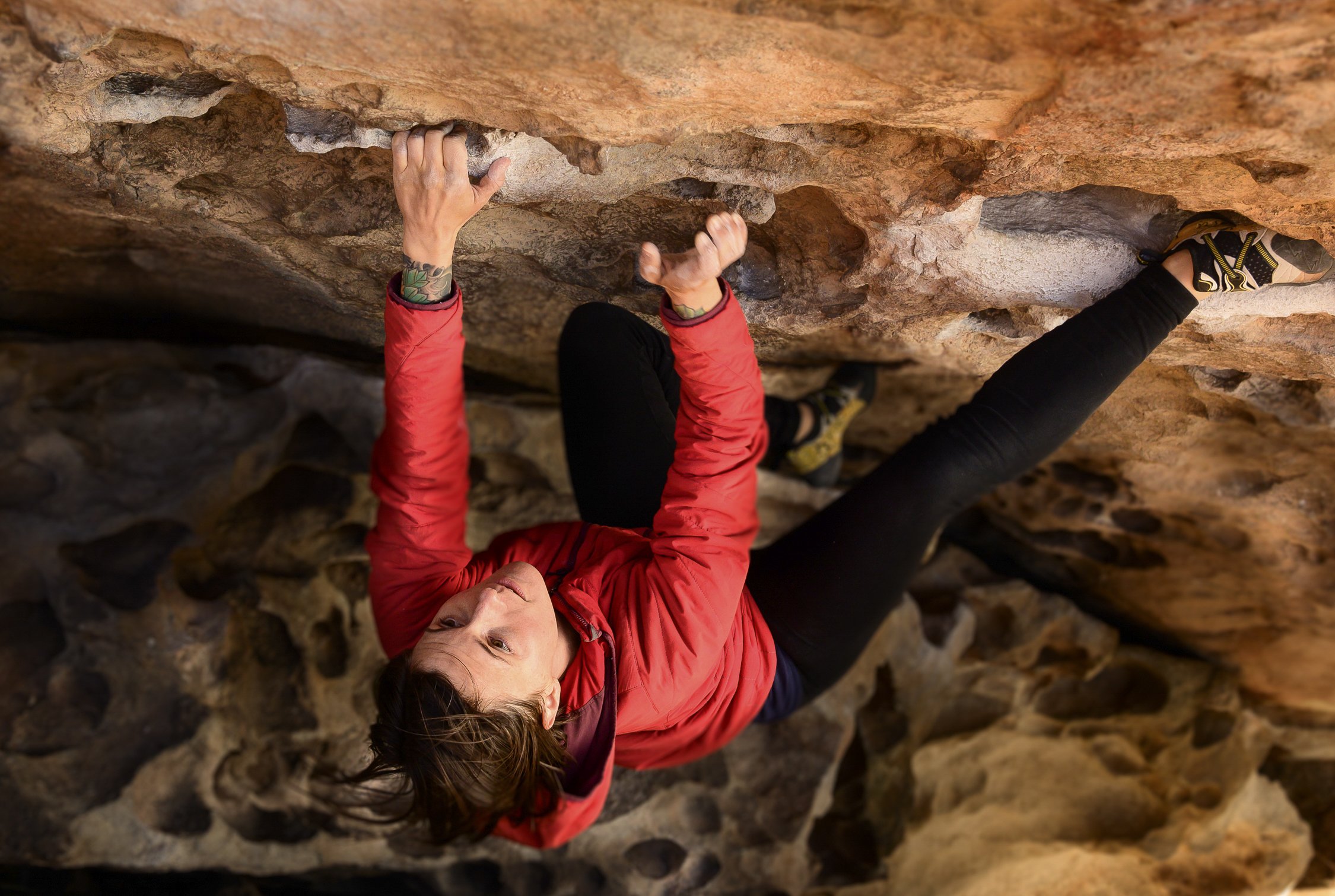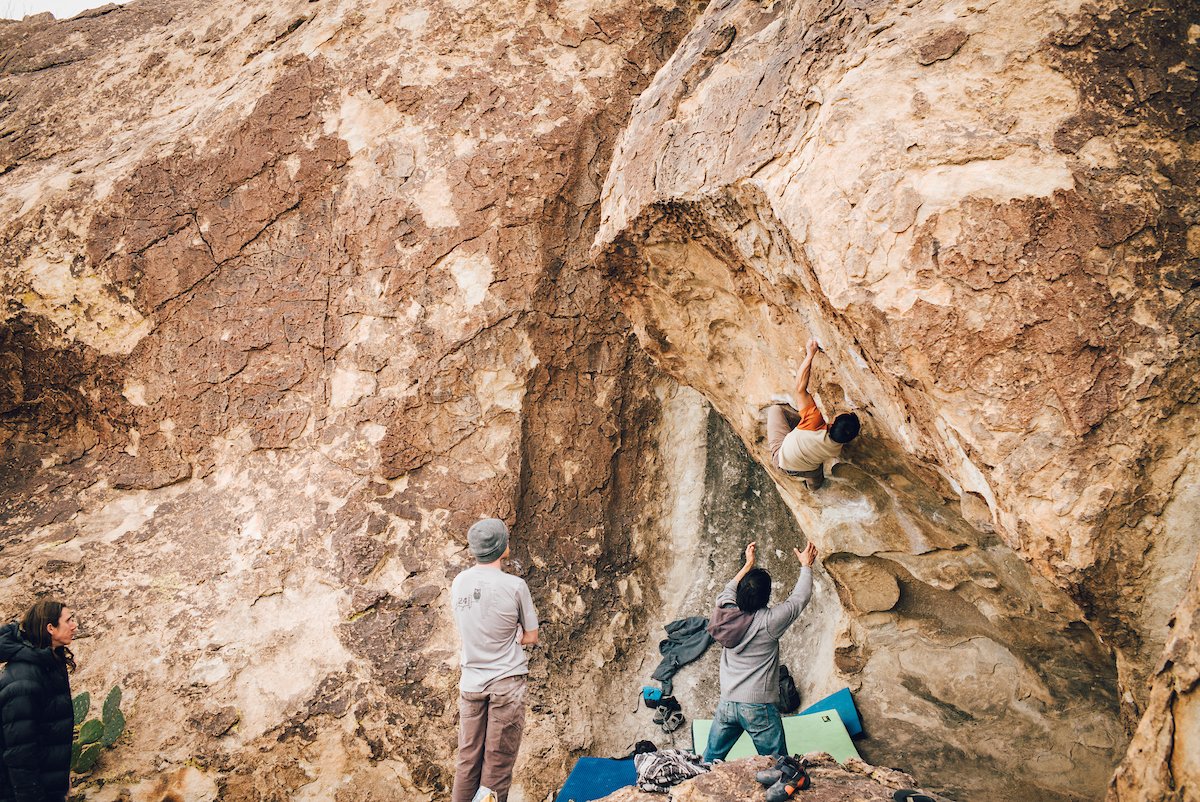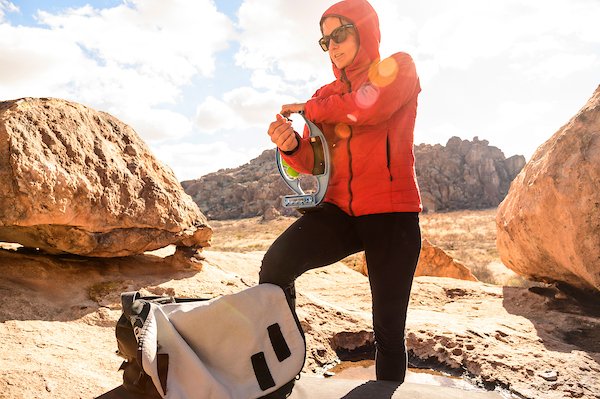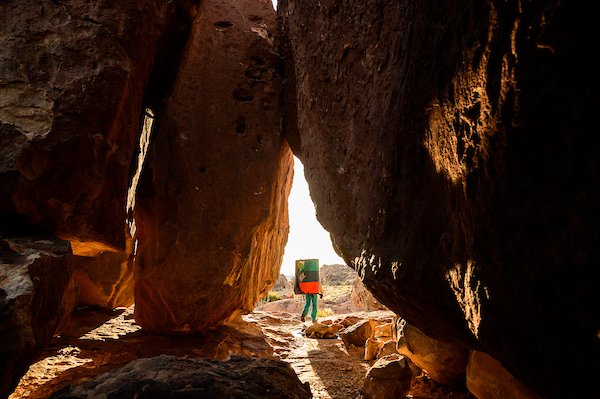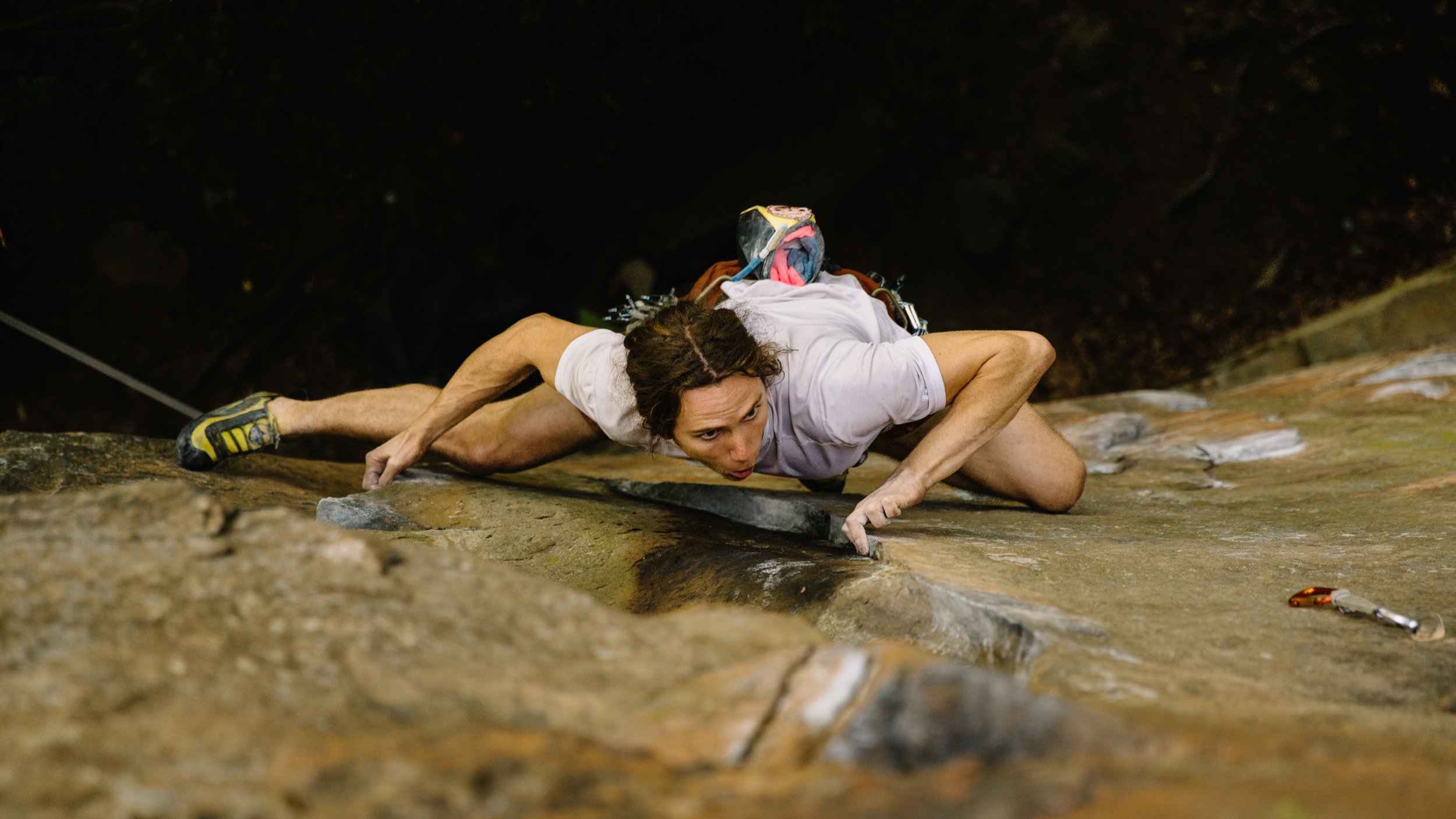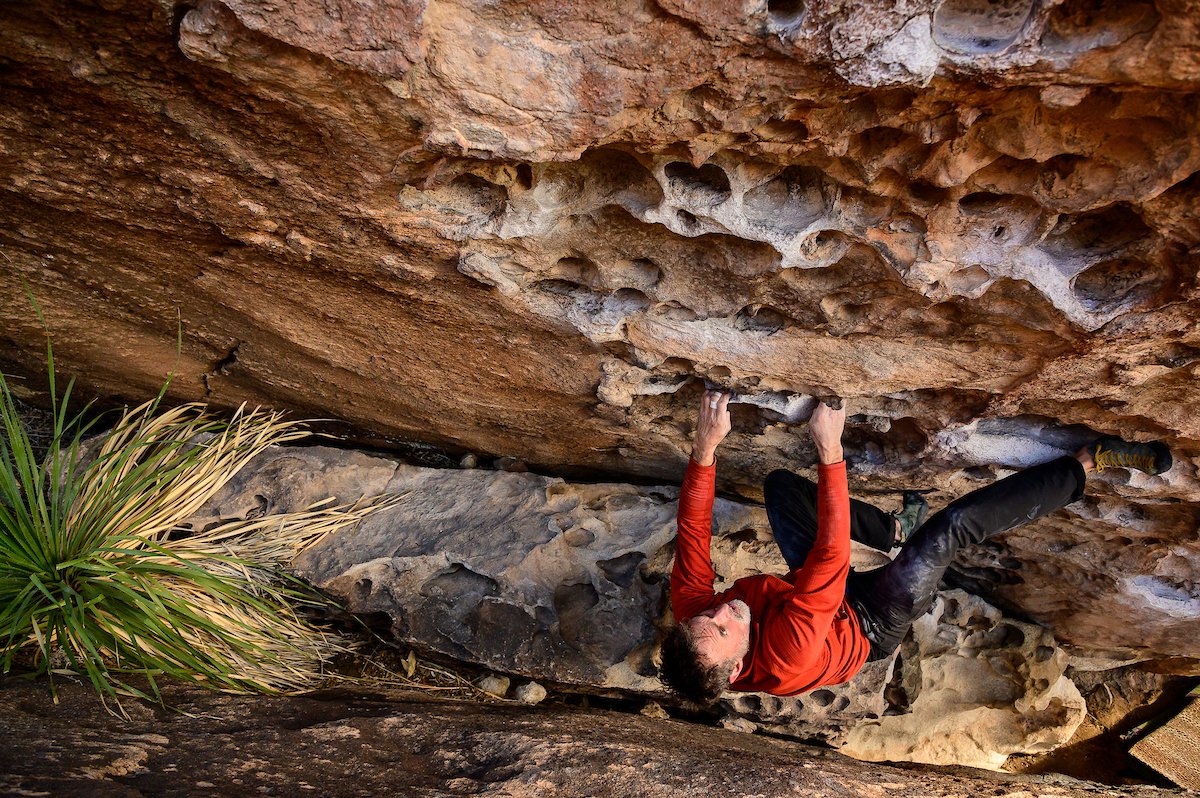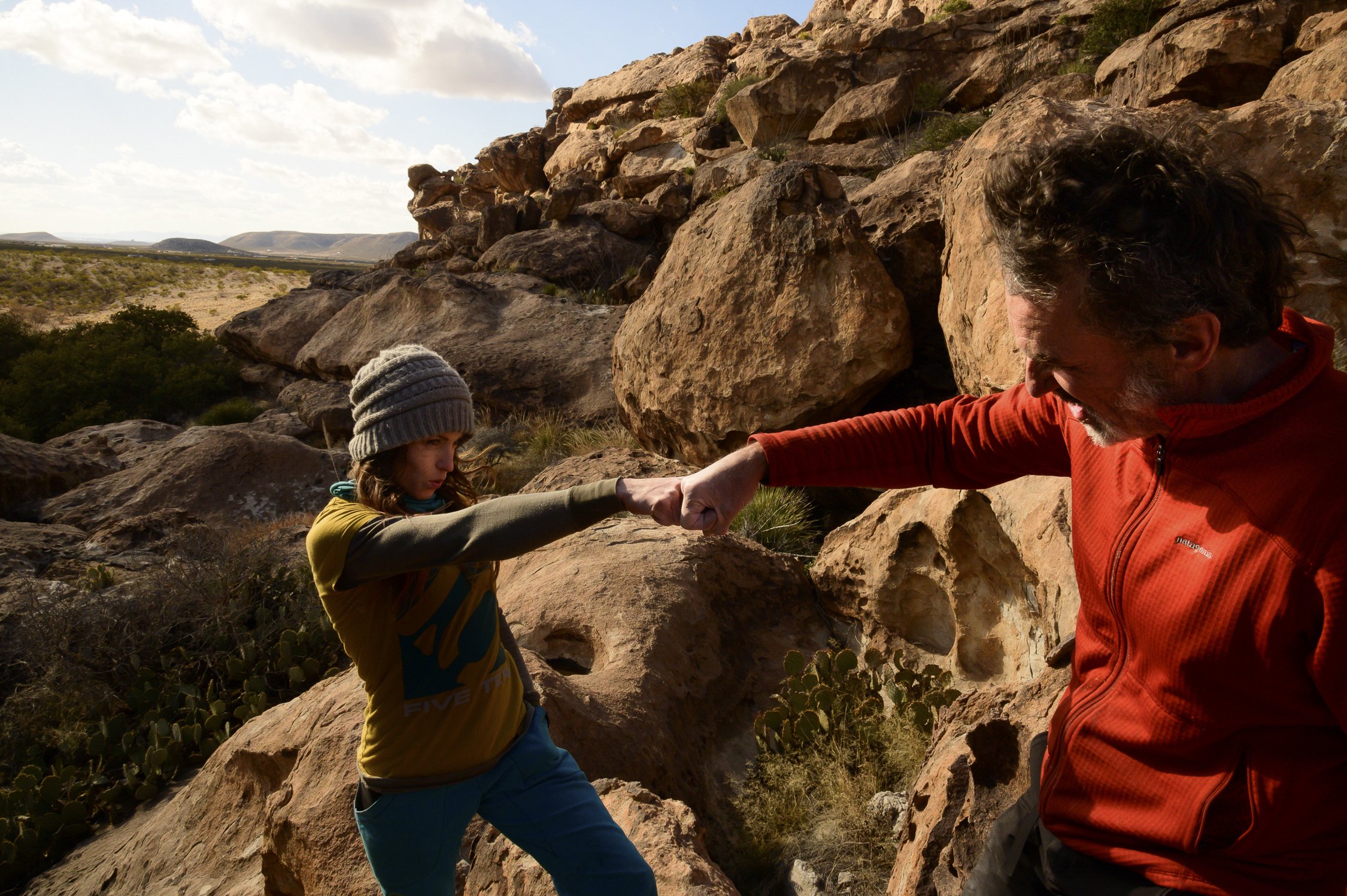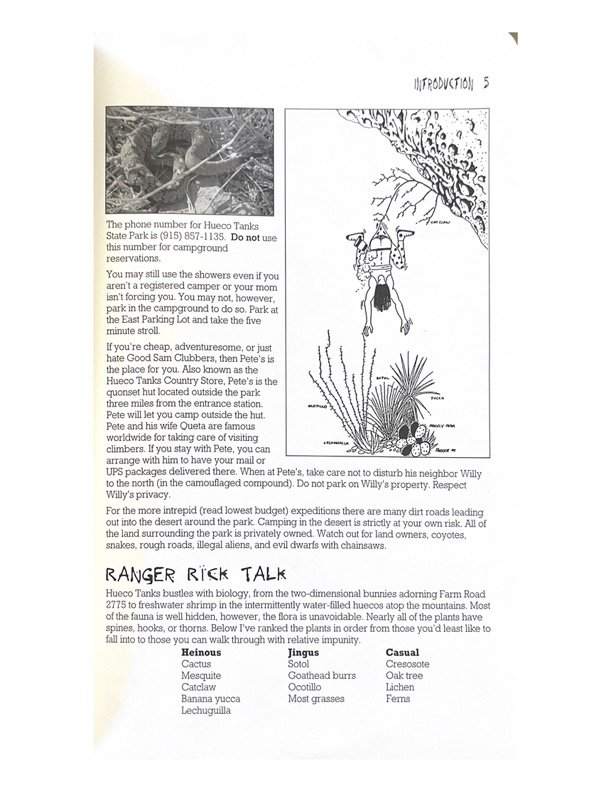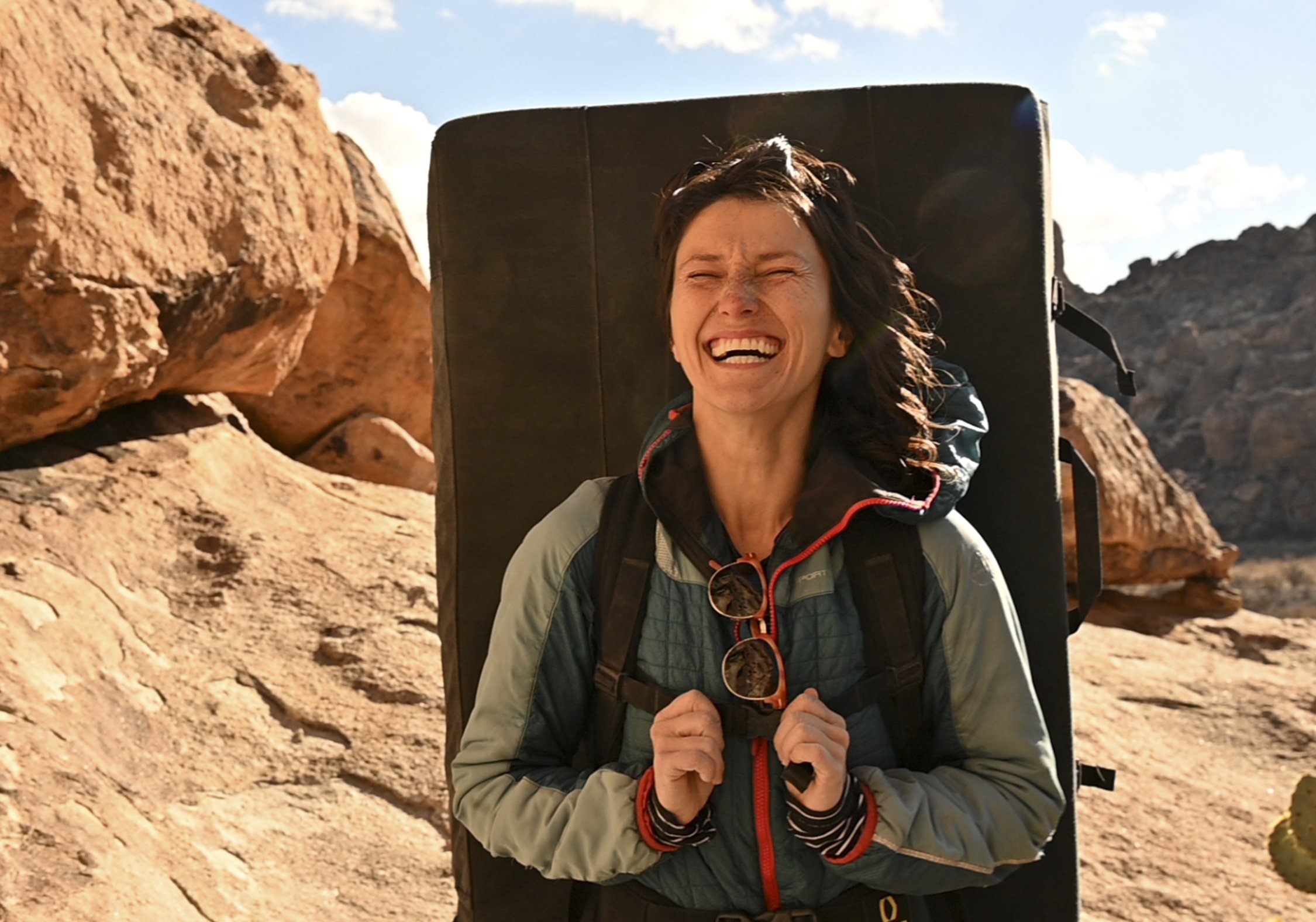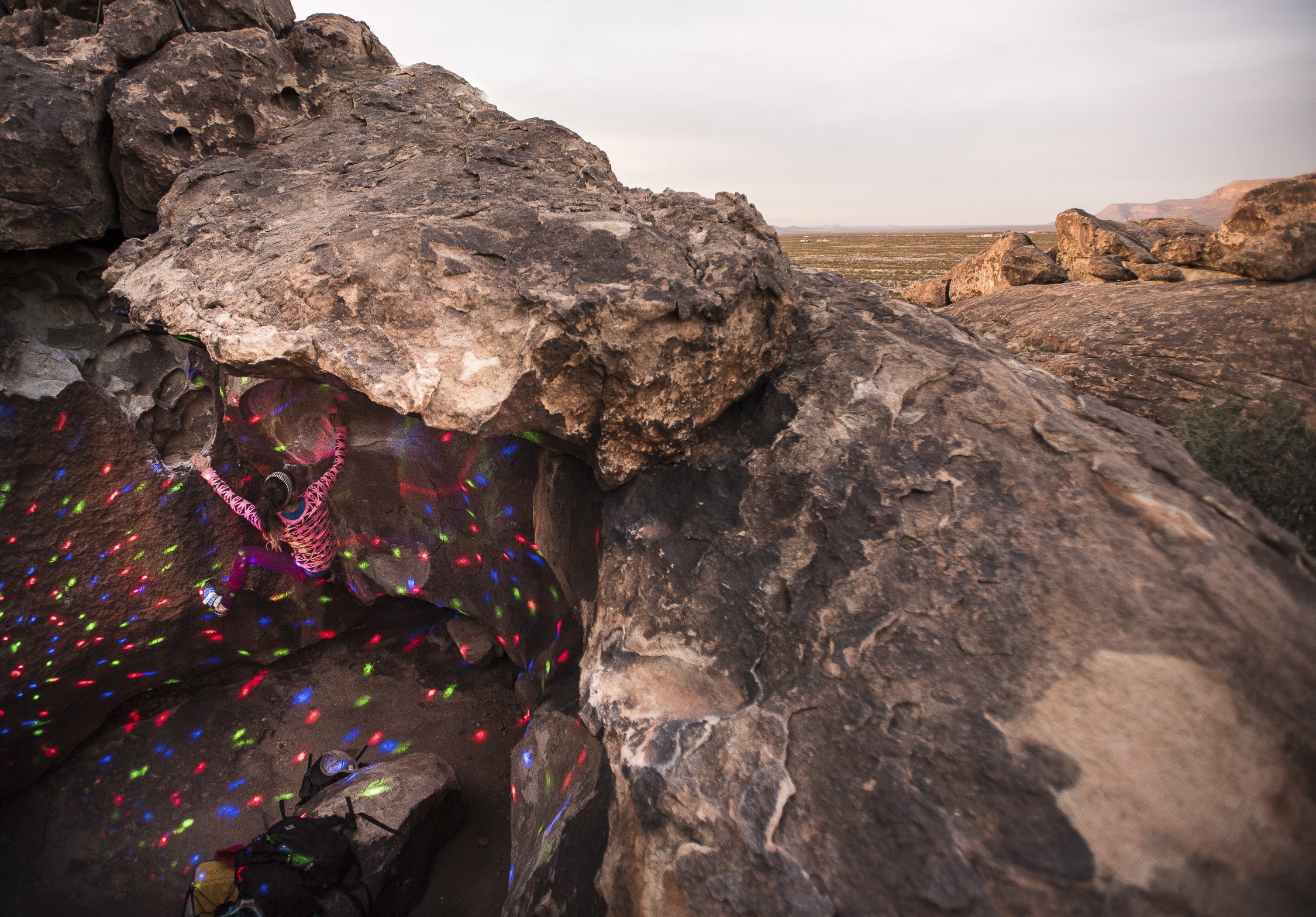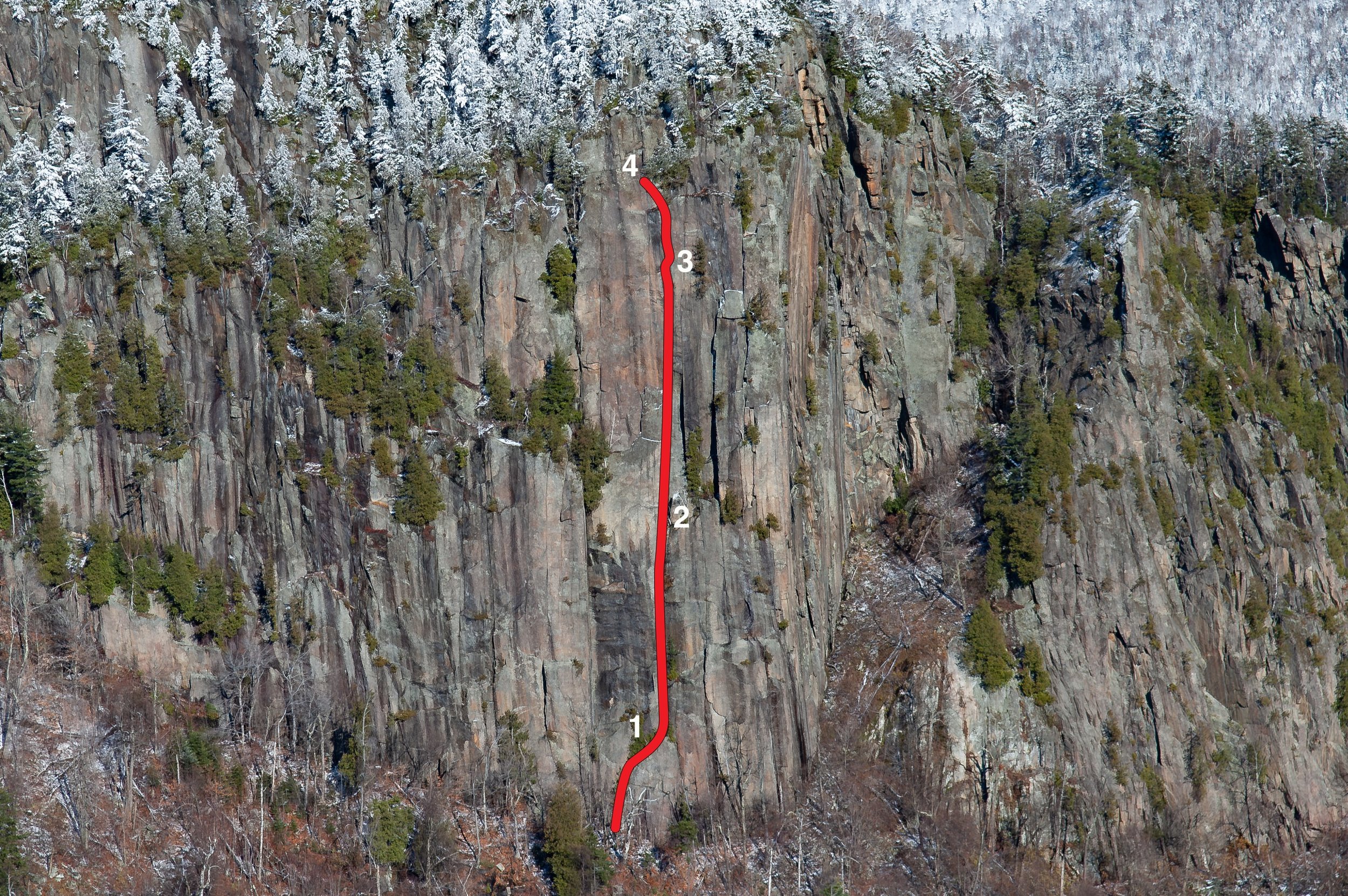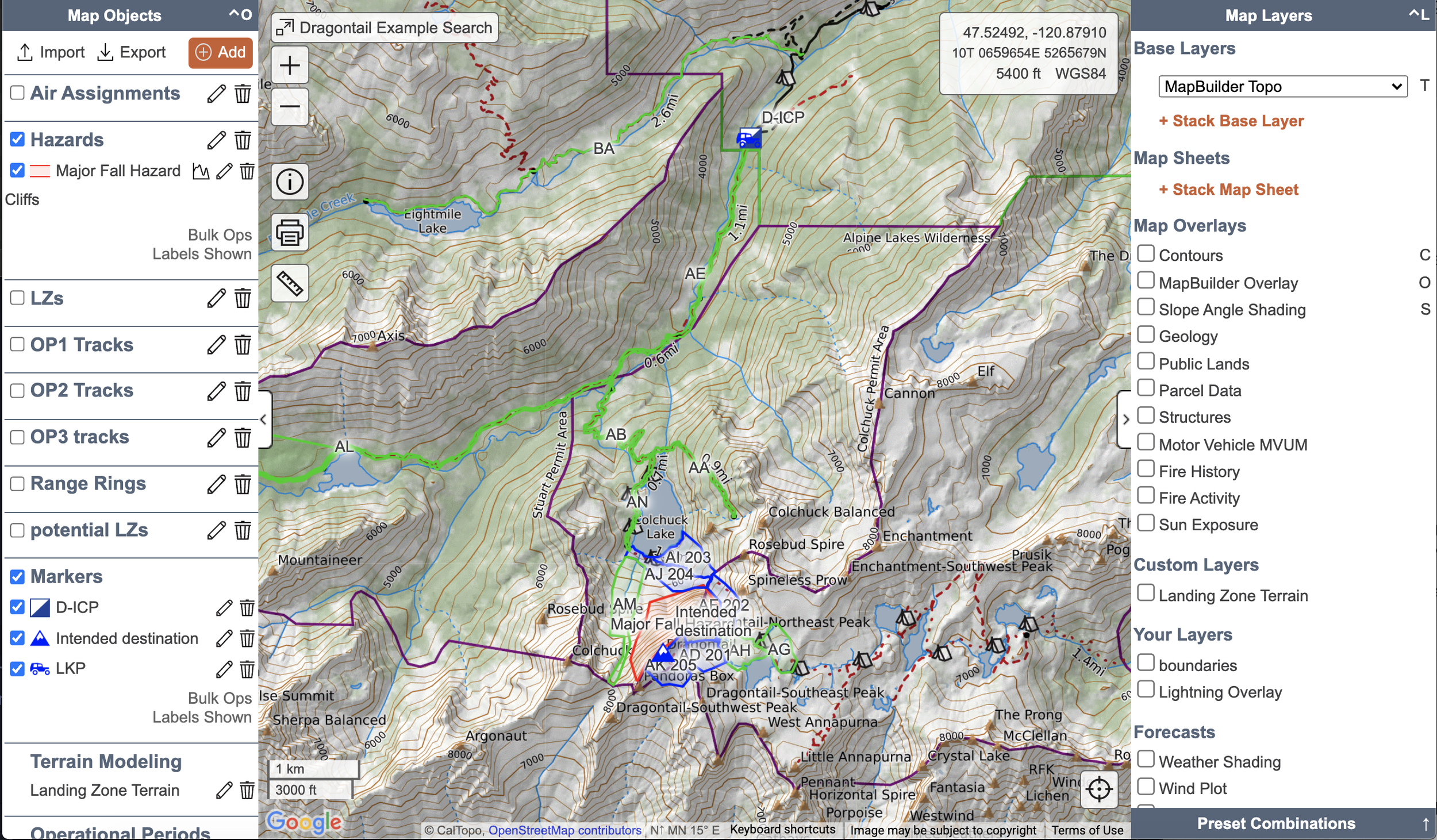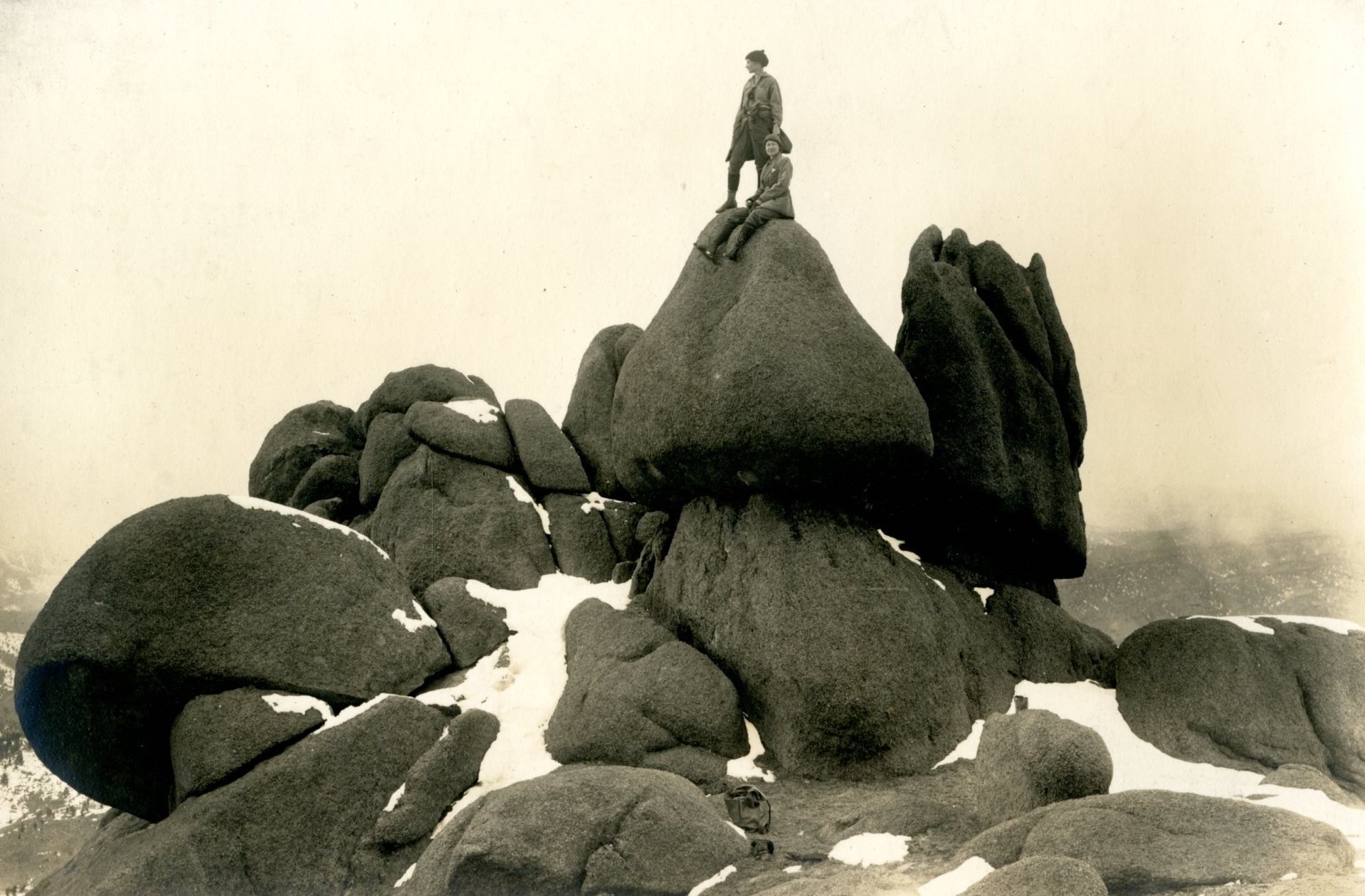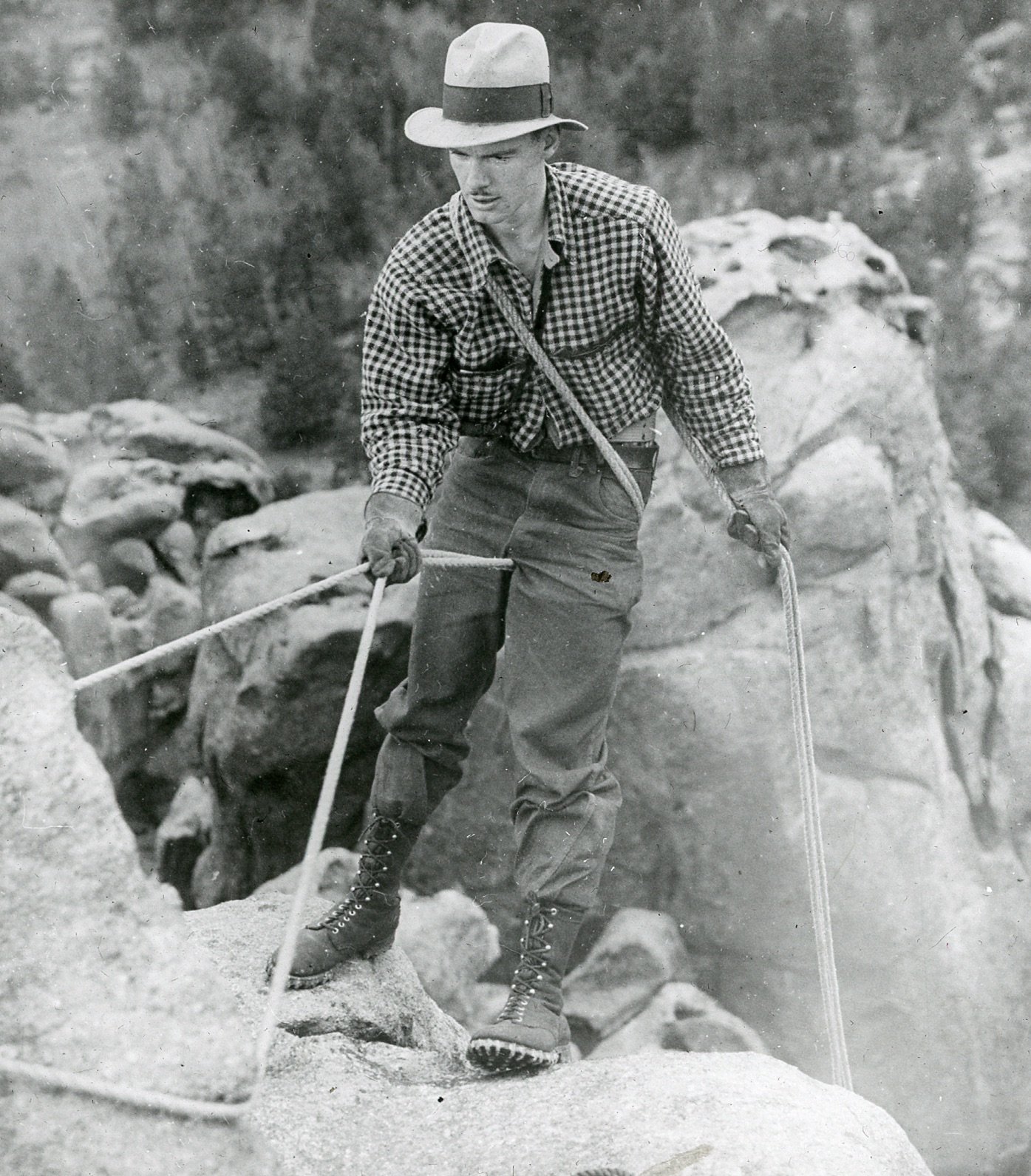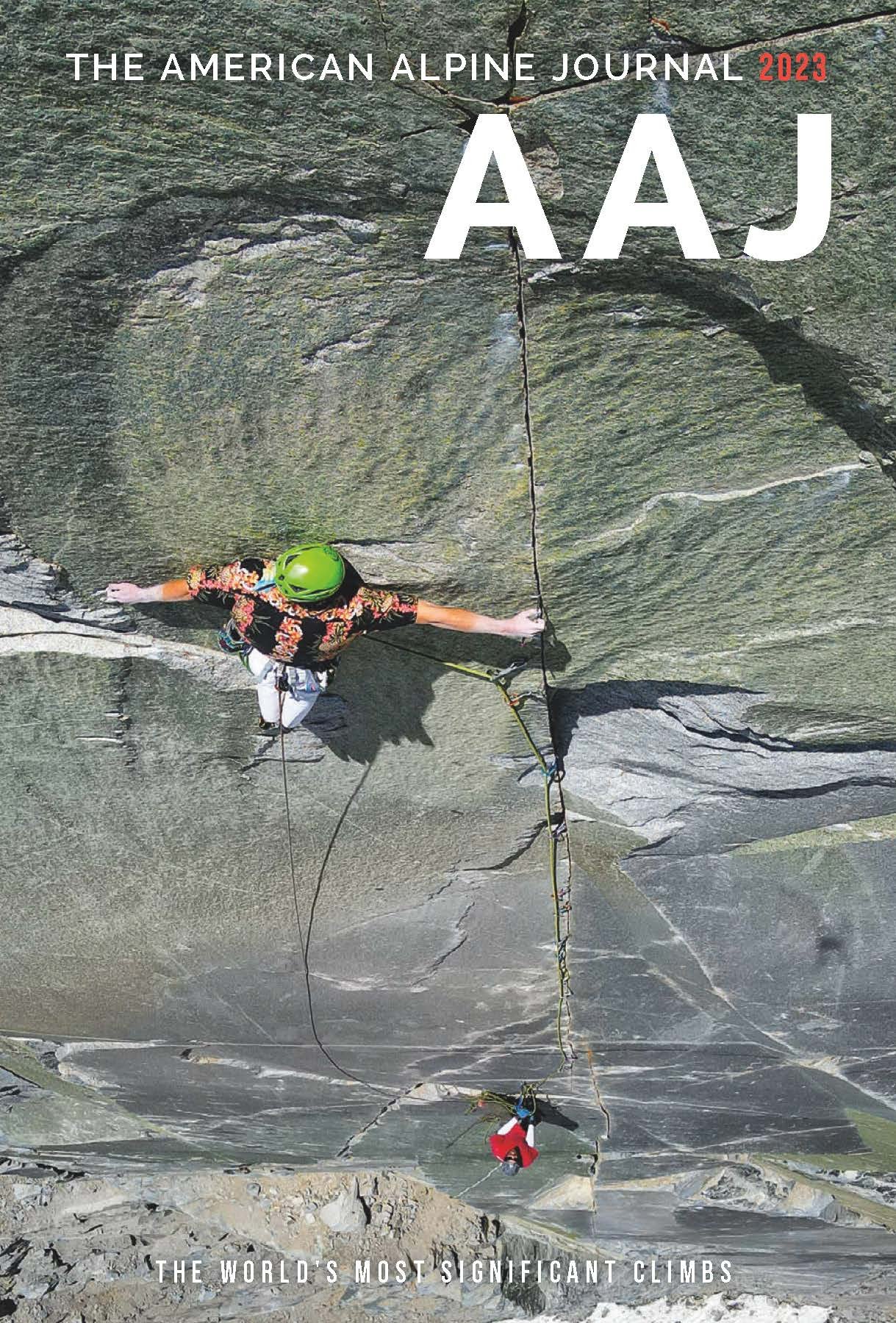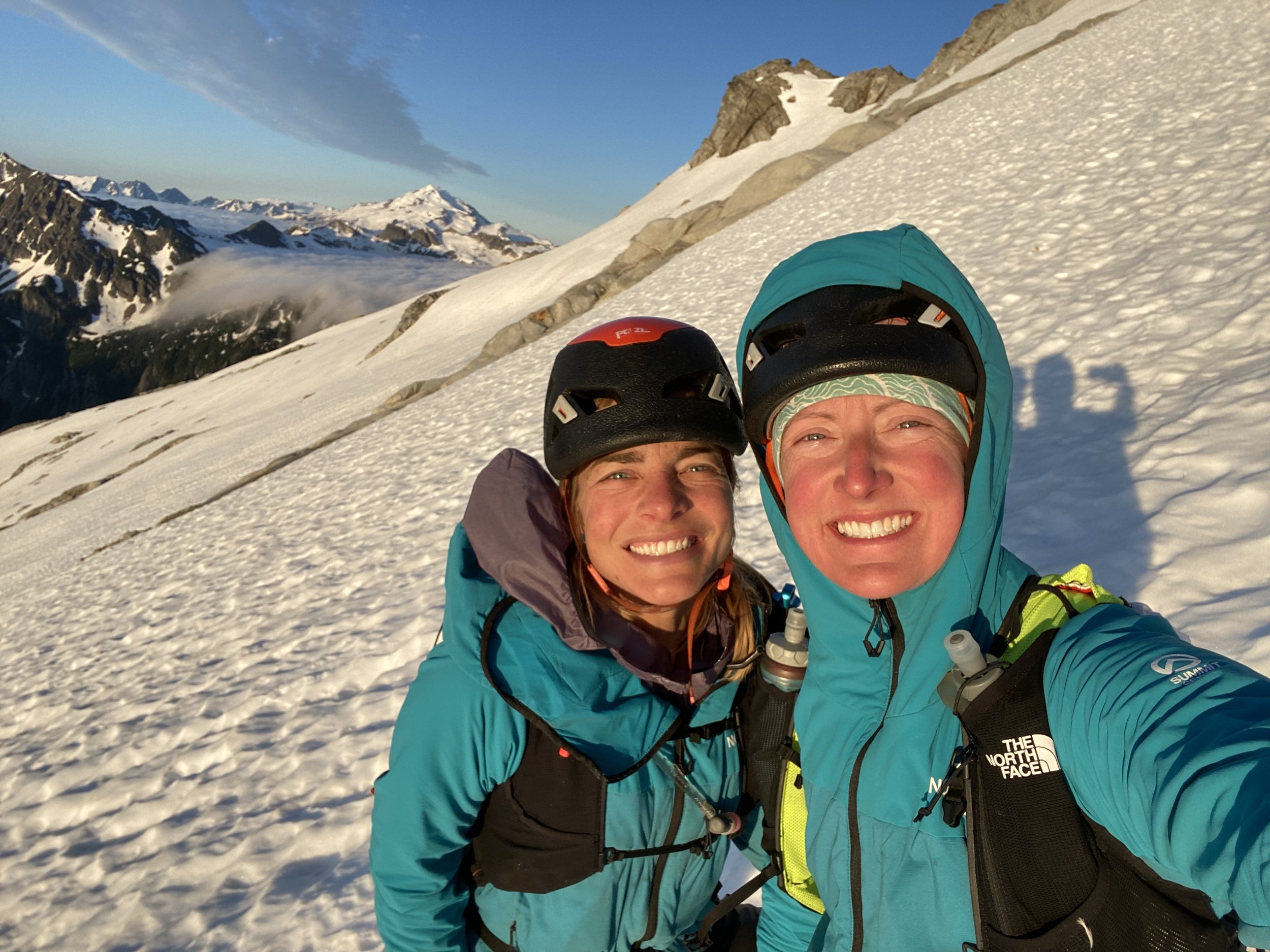Photo by AAC member Dawn Kish
By Byron Harvison, AAC Director of Policy and Gov’t Affairs
On August 2, 2023, the American Alpine Club entered into a General Agreement with the Yosemite National Park Service with the goal of supporting and promoting climbing in Yosemite Valley. This new formalized partnership is built upon a strong foundation of working together for decades—including on projects like the Yosemite Big Wall Permitting Program, Climber Coffee, sponsoring Yosemite Facelift, and the United in Yosemite festival. This opportunity will allow the AAC to assist the climbing management program at YNPS with public outreach, offer subject matter expertise on climbing stewardship matters, and identify other projects and services which could benefit the Park and climbing community—building on the long established and well-loved climbing iniatives that will continue to exist in the Park.
The AAC has a long history of supporting climbing within the Park and working with Park staff to educate climbers on issues related to climbing in the Park, identifying areas of historic significance, such as Camp 4, and promoting volunteerism. This General Agreement represents the AAC taking on a more formal role. At a time when visitorship of Yosemite National Park, and most National Parks, is at an all time high and park budgets are not being increased to meet the demand, relationships such as this can help bridge the gap.
Key among the intended responsibilities of the Club is the continued refinement and encouragement of responsible climbing practices and stewardship of the climbing areas and infrastructure supporting climbing activities within the Park. This could include working with the Park on impact mitigation projects, maintenance, and construction of climbing related structures or trails, and coordinating and informing volunteers to assist with those projects when appropriate. The Club will assist in the distribution of safety information, closures, and informing the community regarding Park-specific regulations. This work will also include educating climbers on the ins-and-outs of the recently instituted Big Wall Permitting Program, which is a free self-registered permit that is required of all climbers overnighting on big wall climbs. Park staff will look for the AAC’s input on climbing-ethics related issues such as how to address gear-dumping, fixed lines, and storage on top of climbs for top-down attempts on the walls as opposed to embracing the ground-up ethos.
The AAC worked closely with the YNPS staff on the Agreement to outline the areas the Club can have the most impact on the climbing community and the Park, and coordinate work with other organizations such as Yosemite Conservancy and the Yosemite Climbing Association. We greatly appreciate the attention the climbing management program at YNPS has given this matter, and the enthusiastic support from Yosemite National Park. We are thoroughly excited about the opportunities this historic agreement makes possible!
Learn More from our Interview with Head Yosemite Climbing Ranger Jesse McGahey
For Media Enquiries
American Alpine Club Contact, Vice President of Marketing and Communications
Shane Johnson, [email protected] or 303-384-0110
Yosemite National Park Media Contact
Scott Gediman, [email protected] or (209)742-3519

